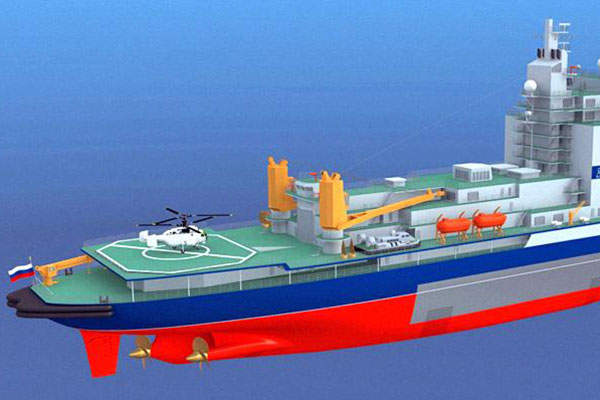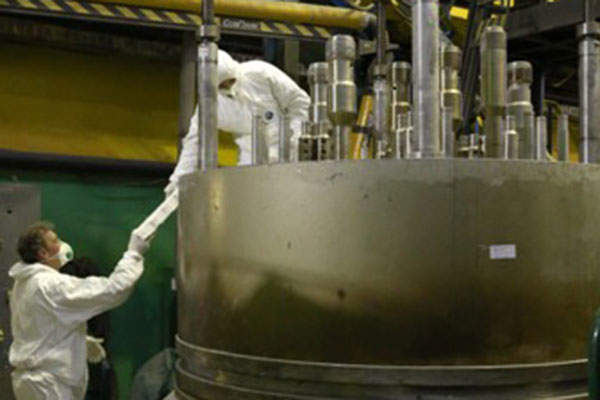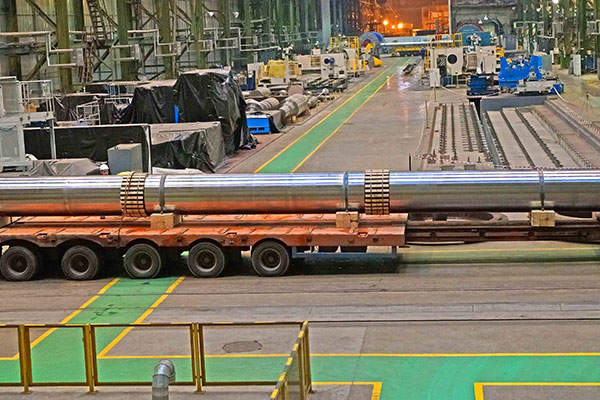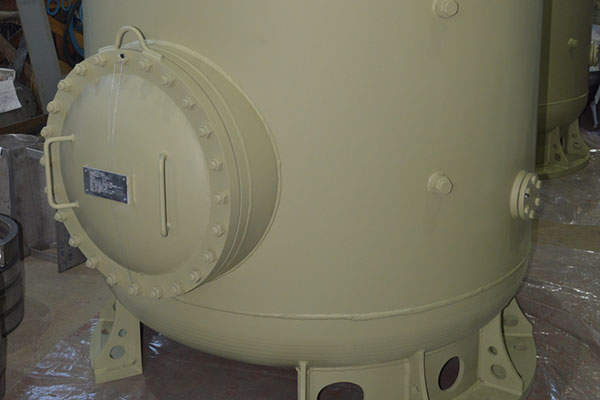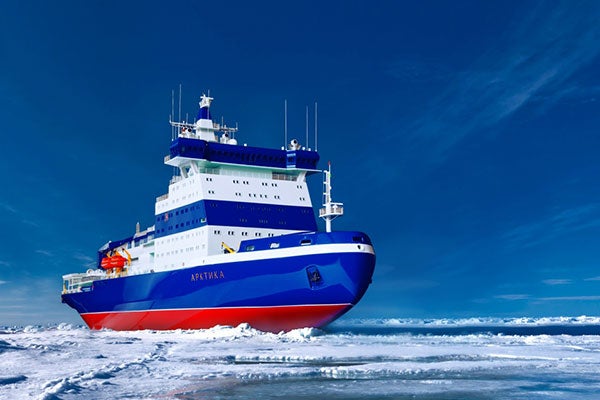
The Arctic is the first vessel in the series of three Project 22220 LK-60 Nuclear Icebreakers being built for Atomflot by Baltic Shipyard Shipbuilding. It is touted to become the world’s biggest and the most powerful icebreaker.
The vessel was designed by the Iceberg Central Design Bureau in 2009. The steel-cutting ceremony for the vessel was held in November 2012 and keel was laid in November 2013. The vessel is expected to be launched in November 2015 and delivery is scheduled for late 2017.
It will serve as a pilot project for the remaining two vessels, which will be constructed based on the results of the Arctic’s performance. The other two vessels will also be constructed by the same contractor, Baltic Shipyard Shipbuilding.
The overall investment for the construction of the Arctic is estimated to be RUR37bn (approximately $660m), while the combined investment for the other two vessels is estimated to be RUR84.4bn (approximately $1.5bn).
The vessel has been assigned the КМ Icebreaker9 [2] AUT2-ICS EPP class notation by the Russian Maritime Register of Shipping (RS).
Purpose of the Arctic icebreaker vessel
The Russian nuclear-powered icebreaker will primarily aid shipping for vessels carrying hydrocarbons from deposits located on Yamal and Gydan peninsulas and the continental shelf of the Kara Sea to markets in the Atlantic and Pacific countries. The nuclear reactors aboard will let the vessel operate without refuelling for years and enable it to break ice of up to 2.8m thick.
The multipurpose vessel will also be used for exploration of offshore and onshore fields, transportation of goods and for fishing.
Arctic LK-60 nuclear icebreaker design details
The ship will have an overall length of 173m, breadth of 34m, a design draught of 10.5m, a minimal operating draught of 8.55m, and a displacement of 33,540t. The dual-draft design will enable it to operate in both arctic waters and mouths of polar rivers. Based on the initial renderings, the vessel is also expected to house a helipad.
Propulsion of the nuclear icebreaker
The ship will be equipped with two RITM-200 nuclear reactors, with a thermal capacity of 175MW each, using enriched uranium-235 fuel (20%) to deliver 60MW of energy to drive the electric propellers.
VOS Pace is a new platform supply vessel (PSV) built for the Dutch company, Vroon Offshore Services.
The integrated steam-turbine plant will include two main turbo-generators, each with a capacity of 36MW, and feature a regulation system and generator, feeding, condensate and circulatory pumps, and other ancillary equipments.
The vessel’s electric propulsion equipment will include two voltage generators of 36MW each, three propulsion motors of 20MW each, frequency converters for controlling the propulsion motors, associated transformers and a 10kV switchgear.
Contractors involved with the Project 22220
OKBM Afrikantov is supplying the reactors for the vessel whereas the steam turbine plant is being supplied by Kirov-Energomash, a subsidiary of the Kirov Group.
The Central Research Institute of Marine Electrical Engineering and Technology (CRI SET) has been contracted to supply the electric propulsion system for the vessel. Marine Technics has been contracted to supply the vessel’s marine equipment, which is being manufactured by Evac and Azcue.
OMZ-Special Steels is supplying the milled blanks made from chrome-nickel-molybdenum-vanadium high-alloy steel for the construction of the vessel. Fluidmecanica will supply a traction winch, a storage winch, a damping device and an escort system for the vessel.
In February 2015, Vineta completed the supply of six FI-1400 type ion-exchange filters, to be used for the deep chemical purification of water in the vessel’s marine systems.


